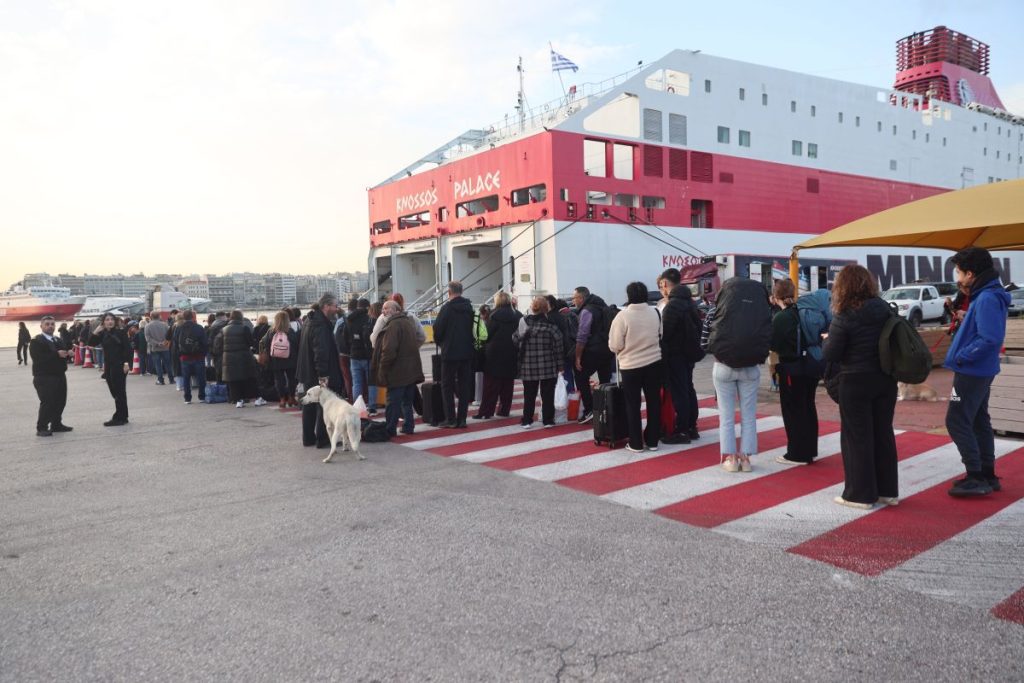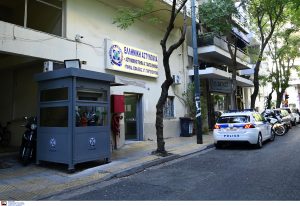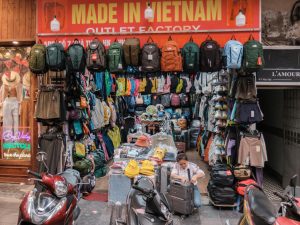Prime Minister Kyriakos Mitsotakis underscored the need for such an addition, noting that “Santorini urgently requires a new port, and we are actively moving forward with this plan.” Government ministries, along with Santorini’s local authorities, are collaborating to establish the regulatory framework and comprehensive infrastructure necessary to support the island’s tourism sustainably.
The new port is set to be constructed in Monolithos, a village on the eastern coast of Santorini, about 7 kilometers southeast of the island’s capital, Fira, a location deemed optimal for its accessibility and relatively low environmental impact.
Santorini Mayor Nikos Zorzos and Municipal port fund of Thira President Georgios Nomikos are hopeful that the new port will not only alleviate the strain on existing facilities, but also contribute to a more orderly and enjoyable experience for visitors and locals alike. “We support cruise tourism,” Nomikos affirmed, “but we aim for better management that brings life to the island while satisfying our visitors.”
Beyond the port, the government’s plans for Santorini include substantial infrastructure upgrades, with discussions already underway to build a second cable car and a new marina in the same location. These initiatives aim to relieve congestion at existing facilities and streamline transportation on the island, particularly for cruise ship tourists.
As part of a comprehensive approach to managing cruise tourism, the government is also implementing a berth allocation system to control cruise ship arrivals. This system will help ensure a smoother flow of visitors disembarking on Santorini, which, due to its caldera, often requires passengers to be ferried ashore.
Local authorities and tourism representatives from the Cruise Lines International Association (CLIA) have expressed particular interest in the new cable car system. They see it as a vital addition to enhance tourist experiences and ease the strain on existing transport options. Some cruise companies may even contribute financially to this infrastructure as part of a proposal from the Prime Minister, which could allow cruise companies to invest in island facilities in exchange for certain fee adjustments.
Another key component of the plan involves spatial and zoning adjustments that reflect Santorini’s needs as a high-demand destination. The Santorini Hoteliers Association, has advocated for restrictions on new hotel constructions outside designated areas until a comprehensive tourism zoning plan is finalized. Concerns over the rapid growth of short-term rental properties on Santorini have also spurred calls for regulation. Currently, the island hosts approximately 14,000 short-term rental units, a dramatic increase from none in 2014.



